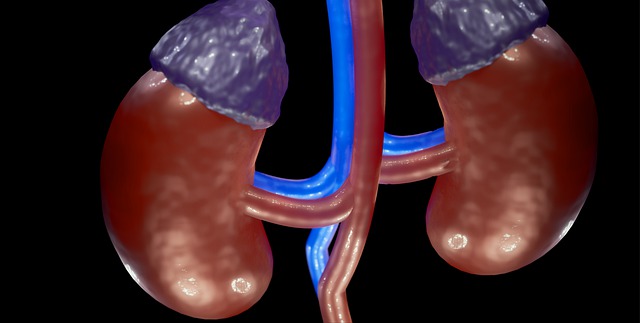Ozempic is an injectable medicine, which is injected weekly into a patient’s body, who is suffering from either obesity or diabetes or sometimes both. Ozempic is often preferred to be injected before a meal, and then get the balanced diabetic and low-calorie diet, keeping in mind the ozempic foods to avoid.
If you are suffering from type-two diabetic disorder, then the treatment of ozempic (semaglutide) will be the best choice. Let’s see all about this briefly.
What Are Ozempic?
A subcutaneous injection is used in a week as a treatment for type two diabetic patients. It helps to reduce blood sugar levels and cardiovascular risks in adults. Though it may have certain side effects, they all become negligible once treated with the right diet and food combination. Some side effects of ozempic are:
- Abdominal pain
- Diarrhea, nausea, vomiting, stomach ache, fatigue
- Constipation
- Indigestion, acid reflux
Ozempic Foods To Avoid:
Proper dieting is the most important step to reducing any health disease risks. Though certain foods may taste delicious, reducing their portions is very necessary for our health, especially when one is on Ozempic medication.
1. Fried And Greasy Foods:
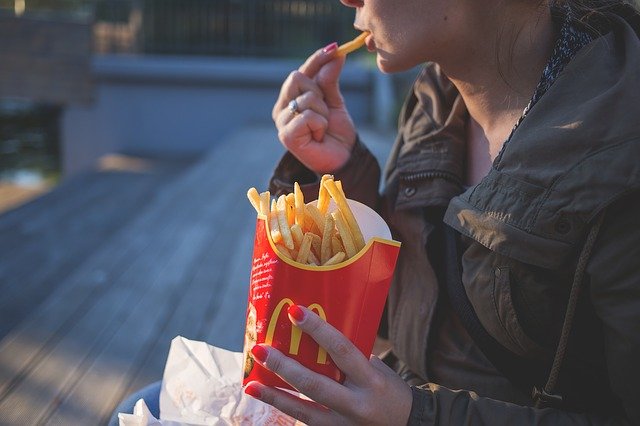
As the ozempic medicines affect the gastrointestinal tract slightly and reduce the stomach’s motility. Due to this, the patient feels bloated, and eating dried or greasy foods enhances the pain, and causes severe diarrhea, vomiting, and nausea. Thus, fried and greasy foods are ozempic foods to avoid.
2. Red Meat And Fast Foods:
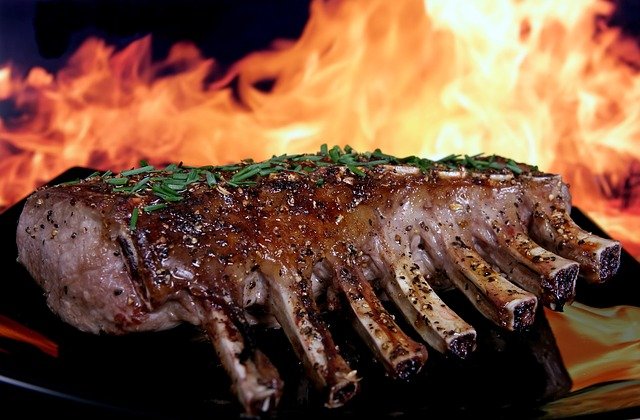
Fast foods like burgers, sandwiches, pizza, fried sweet potatoes, etc. must not be welcomed by any patient on ozempic medication, as these foods are calorie-dense items.
These foods will make you gain weight and increase the possibility of pancreatitis. Red meats, such as beef or mutton, should not be consumed either as a single item or subsequently used in hamburgers.
3. Avoid High Fat And Refined Sugars Contents:
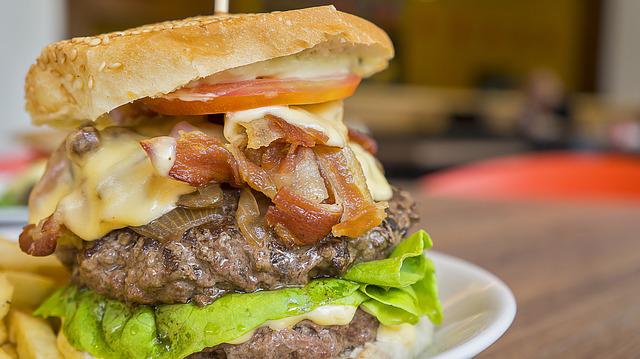
High fat is mostly found in fried chips, fish, steaks, and oily and processed foods. Therefore, it is significantly necessary to neglect the consumption of such items.
Refined sugars and carbohydrate items like brown sugar, beet sugar, rice syrup, molasses, sucrose, fructose, etc. are likely to develop the overgrowth of bacteria, leading to the cause of abdominal pain, flatulence, diarrhea, or constipation. Thus, high fat or sugar content foods are considered ozempic foods to avoid.
Categories of Ozempic Foods to Eat:
The type of food that you can eat when on Ozempic can be majorly categorized as follows:
Vegetables without starch:
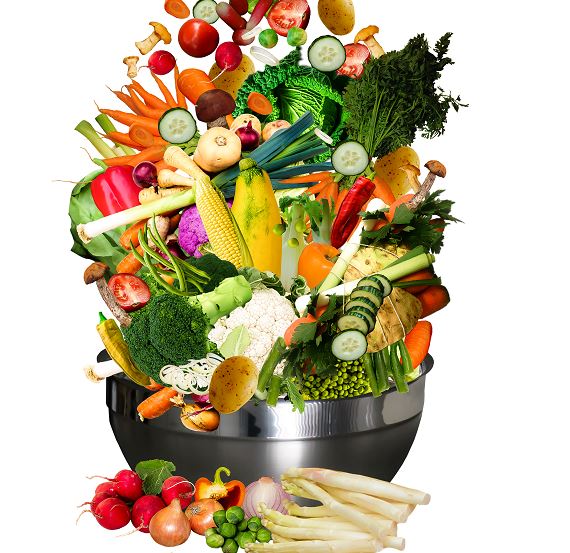
Commonly vegetables are not responsible for increased blood sugar levels in your body. They are more likely to have high fiber and fewer carbs. You can get plenty of minerals and vitamins by eating vegetables. However, certain veggies are likely to have starch in them and are ozempic foods to avoid.
As you are taking Ozempic, you are suggested to eat more non-starchy veggies in your diet. Beets, beans, broccoli, cabbage, carrots, cauliflower, eggplant, onion, okra, radishes, sprouts, turnips, tomatoes, and mushrooms are some of the most common non-starchy vegetables that you can include in your routine.
Whole Grains:
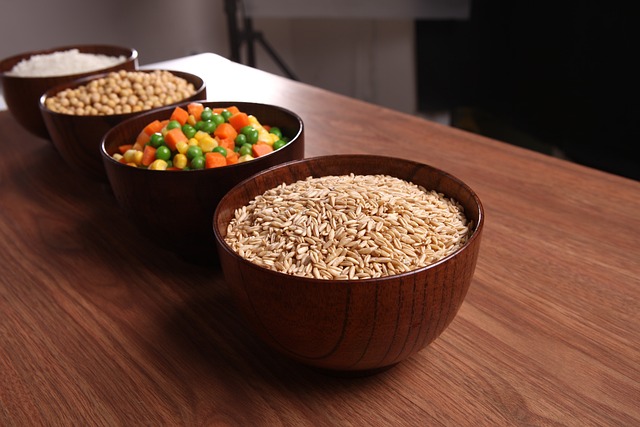
You get carbohydrates as you eat grains. Carbohydrates are the type of nutrients responsible for blood sugar. You can still consider taking whole grains as a part of your Ozempic diet because whole grains are referred to as healthy carbs.
The reason behind this is the fact that whole grains can offer plenty of fiber to your body and this nutrient is not responsible for increasing the levels of blood sugar. There is going to be a lower impact on your blood sugar if you choose a diet that has high fiber.
Barley, brown rice, oatmeal, bulgur, whole-wheat bread, and whole-wheat pasta are some of the whole grain foods you can have. When compared to refined grains like white bread or white rice, whole grains can also offer you a higher amount of protein. For this reason, you may consider refined grains among ozempic foods to avoid.
Nuts:
The major components found in nuts are fiber, protein, and healthy unsaturated fats. The healthy fats present in nuts are found to be good for the health of your heart.
As you choose to consume healthy fats that are ideal for your heart, you can enjoy a disease-free heart. Conditions like stroke and heart attack can be avoided with healthy fat consumption.
Nutrients like protein and fat are not going to increase the levels of blood sugar. For this reason, they are considered to be ideal as a part of your Ozempic diet. The ideal method to aid good blood sugar levels is to eat snacks and meals that offer high protein.
You can impede the increase in blood sugar post-eating as you consume fats and protein with carbs. For instance, if you consume only fruit then it is more likely to lead to an increase in levels of your blood sugar rather than eating fruits with some nuts.
Food with high protein:
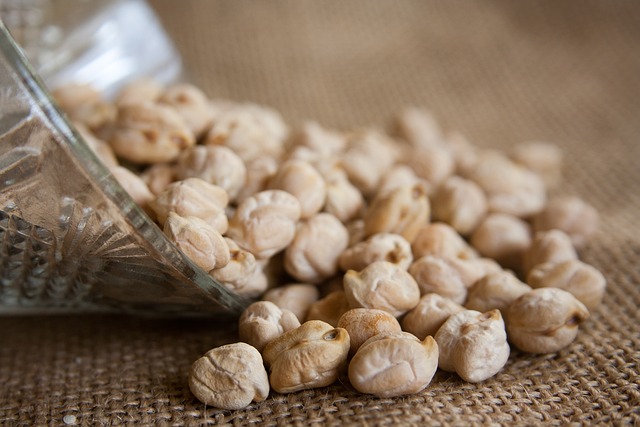
People with a diabetic condition are suggested to include protein in their meals equivalent to one-fourth of their plate. The same is suggested in the Ozempic diet. The reason behind this is the fact that protein is not going to lead to a rise in your blood sugar levels in a significant manner.
Moreover, protein makes you feel satiated. Thus protein allows you to stay full after and before consecutive meals. Chickpeas, oats, quinoa, lentils, and certain animal products are found to be ideal sources of protein in your diet.
Ozempic Foods To Eat:
If you are suffering from type two diabetes and obesity, Lean protein will help you to lose weight by cutting out certain foods and giving you a sense of full stomach and satisfaction. Other than ozempic foods to avoid, you must know which type of food is essential to include in your daily diet.
Some of the best foods to eat while on ozempic are:
- Chicken
- Tuna
- Chickpeas
- Lentils
- Spinach
- Eggs
- Salmon, but steamed cooked
- Turkey
- Green beans
- Fruits
- Vegetables
- Fiber, nutrition, and vitamin-rich items
- A small unit of unsaturated fat items
- Muesli, oats, pasta, and whole-grain rice.
Ozempic Reduces The Appetite:
It is often said that ozempic injection reduces the appetite of the patient and causes weight loss. But the only problem with ozempic treatment is that it leads to indigestion due to which constipation and uneasiness happen in the body.
Side Effects Of Ozempic:
Like every other medication, Ozempic has its side effects as well. Some common side effects of Ozempic are:
- Vomiting
- Headache
- Nausea
- Constipation
- Diarrhea
- Bloating, Gas, or burping
- Abdomen pain
- Pain at the injection site
Some people may also experience:
- weight loss
- low blood sugar levels
One major and uncommon side-effect of Ozempic includes kidney problems like kidney failure. People taking ozempic have a higher chance of becoming prone to diabetic retinopathy leading to severe complications like poor vision, nerve damage, and even heart disease in some cases. Keep a check on ozempic foods to avoid as well to minimize the risk of side effects.
Some people can experience allergic reactions including redness in the skin, itchiness, swelling, rashes, or warmth while on ozempic. It can also cause allergic reactions like swelling in areas under the lips, feet, eyelids, hands, throat, mouth, or tongue in some rare cases. Swelling in throats and mouths can cause breathing difficulties.
Who Can Take Ozempic?
Ozempic is a medication prescribed to adult diabetic patients specifically to treat type-2 diabetes. Children and people with type-1 diabetes are usually exempted from this medication intake. People with a history of pancreatitis should avoid taking ozempic as well. Avoid taking it while lactating or during pregnancy.
In case of prevailing specific medical conditions or risk factors, you should talk to your doctor before taking it to avoid adversities to your health. Being a diabetic patient one should always keep a check on blood sugar levels to prevent hypoglycemia (low sugar levels).
One should prevent the intake of Ozempic in case of thyroid tumor or cancer history as there is a slight possibility of causing thyroid cancer.
How Does Ozempic Work?
The injection of ozempic increases the insulin quantity in the body and metabolizes the sugar level, maintaining the proper level of sugar in the body. The movement of food also lessens inside the stomach, curbing the appetite of the patient.
However, it is very difficult to stick to one diet plan for a long time, thus altering the diet routine is necessary. You can either cut out the carbohydrates, fats, or sugar from your diet and include some other useful content for the daily functioning of your body. Following these tips will help repair the tissue and injuries, and nourish your body.
Conclusion:
Ozempic is a medication that treats type-2 diabetes. Being an agonist of GLP-1 receptors, it assists in keeping a check on blood glucose levels. For effective and safe treatment, do remember and follow these tips while on ozempic:
- Do not exceed the dosage. Consult with your healthcare provider in case you miss a dose.
- All high fats, greasy, fried, sugary, and fast foods come in the category of ozempic foods to avoid reducing the risk of side effects.
- Avoid every beverage containing alcohol and even soda as well.
- Eat an appropriate amount of diet containing fruits, vegetables, proteins, legumes, whole grains, and healthy fats for a healthy body.
- Do not take this medication without the consultation of your doctor.
Related Posts:







